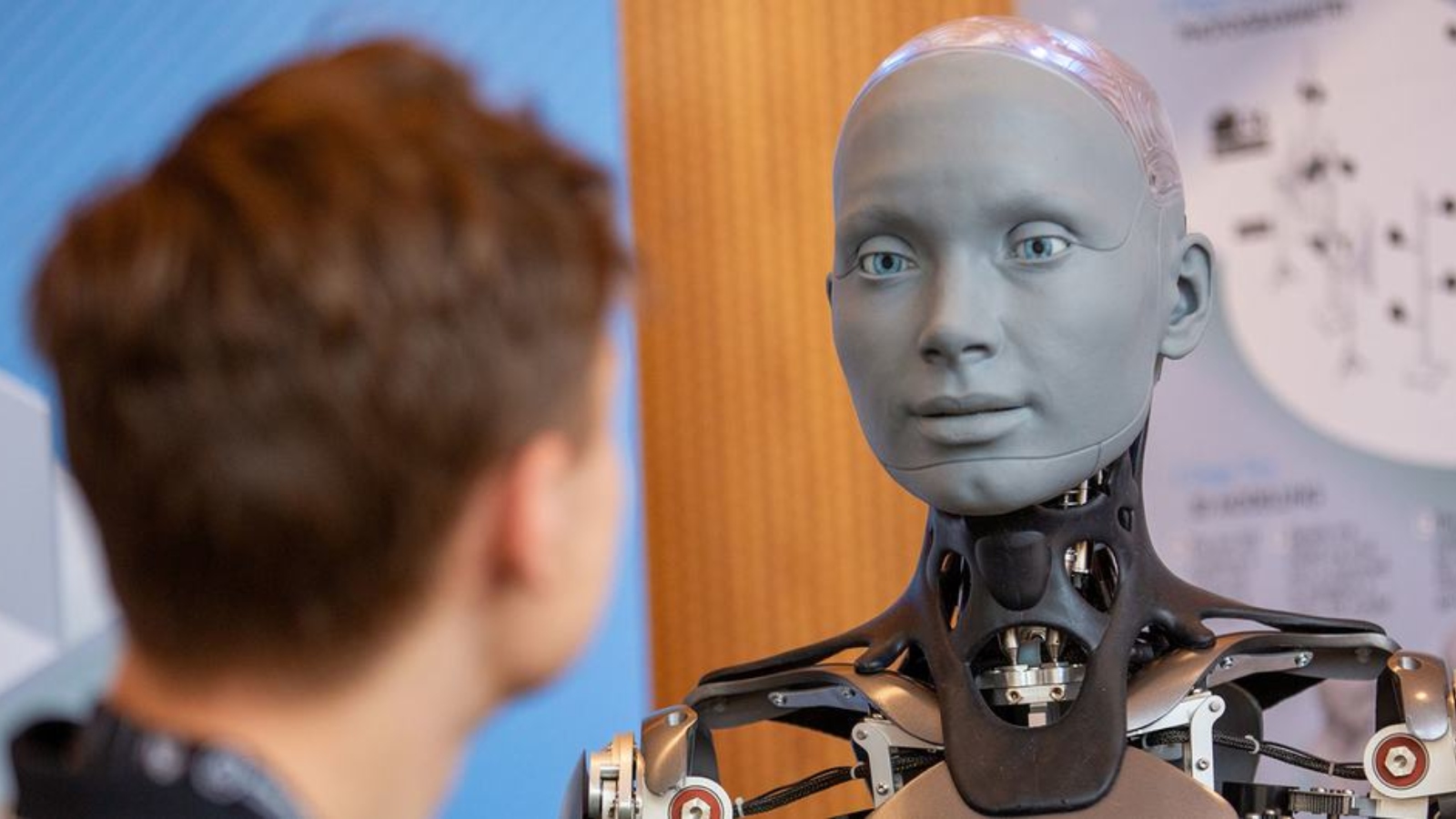
The AI for Good Impact Report examines the key role of AI in accelerating progress towards the Sustainable Development Goals (SDGs). Analysis of each SDG includes current progress towards the targets and practical examples of the real-world impact of AI solutions. It provides an overview of AI trends, governance, and opportunities to support informed decision-making across sectors. Additionally, the report offers recommendations for policymakers, government officials, policymakers, NGOs, international development organizations (IDOs), and industry leaders to guide the adoption and scaling of safe, responsible and ethical AI initiatives. A section of the report focuses on AI and SDG1, highlighted below.
AI and SDG1
Sustainable Development Goal 1: No Poverty - end poverty in all its forms everywhere.
SDG 1 is facing a critical situation, with none of its 7 targets on track as of 2024. The UN warns that if current trends persist, an estimated 575 million people will still be living in extreme poverty by 2030, greatly impacting their quality of life and well-being. The UN further highlights that global efforts to eradicate extreme poverty have suffered setbacks due to the COVID-19 pandemic and other major shocks, leading to the first increase in extreme poverty in decades and reversing global progress by three years.
AI solutions and technologies can have various impacts on SDG 1. First, the technology may indirectly contribute to SDG 1’s advancement by strengthening other SDGs such as SDG 9 or SDG 8. By enabling research and innovation, the benefits generated could trickle down to SDG 1 via the creation of new products or services that are more affordable or better suited to the needs of the most vulnerable communities. For instance, using AI to reduce the costs associated with agricultural practices (e.g., minimizing the use of fertilizers) could enable communities to enhance their quality of life. This indirect influence represents the most significant positive impact of AI on SDG 1.
Moreover, government support for AI in innovation and economic growth could indirectly lead to improvements in SDG 1. Specific use cases linked to each target of SDG 1 can yield additional impact. For example, AI can enhance the efficiency of the financial sector, thereby increasing accessibility for the 1.7 billion adults lacking access to financial services. However, the number of AI use cases for SDG 1 is less than other SDGs, reducing the collaborative efforts between the technology and the Goal. For instance, based on two UN reports, there are only 2 use cases out of 40 in the AI for Good: Innovate for Impact report, and around 70 use cases out of 408 in the UN Activities on AI report.
While AI can generate positive impacts for SDG 1, the potential risks associated with the technology for this Goal must be considered. AI could widen inequality between countries, and individuals. Ownership of AI solutions could further create monopolies, leading to a further concentration of wealth and power without equitable compensation for the content providers. Additionally, investments in AI and its infrastructures, such as robots in agriculture, can be costly and may hinder access to technology for the poorest communities, further widening the wealth divide. To assure fairness and value for all, governments should account for new value-sharing models in their legislation.
Key Considerations for Stakeholders
- Technology access: A significant constraint in AI adoption is the cost of associated access to market, in terms of AI hardware and software. For instance, not everyone can afford robots to assist in their operations in agriculture. Implementing a sharing model or subsidizing hardware costs could mitigate this risk.
- Ownership sharing: To mitigate the risk of technology monopolies, it is important to explore new business models that distribute value differently, aiming to minimize inequality growth and fairly reward all contributors.
Impact
According to a study on the impact of AI on SDG 1 could act as an (positive) enabler for 100% of the targets and act as an inhibitor (negative) for 86% of the targets. (Nature Communications, 2020)
Use case 1
Using AI to make the process faster for micro-finance loans and to provide access to financial services to communities that traditionally have been underserved. Learn more here.
Use case 2
Improving climate forecasting to better prepare communities for extreme weather events and reduce exposure to climate risks as aimed in target 5 of SDG 1. Learn more here.
Use case 3
Providing access to overlooked communities to market solutions to provide them with a new revenue stream and higher financial resilience. Learn more here.
To read the full report, click here.
Source: ITU
 Welcome to the United Nations
Welcome to the United Nations